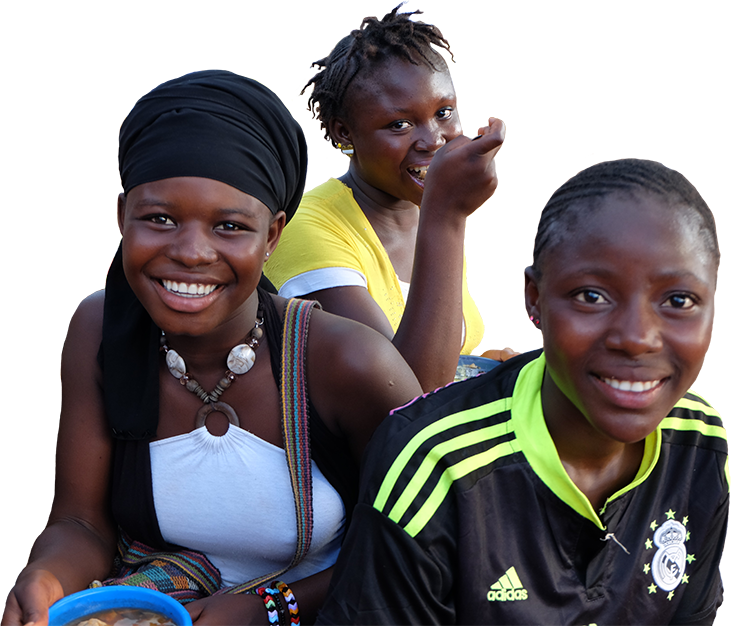Policymakers, program managers, and service providers—teachers, health care providers, extension agents, religious and community leaders—need the competencies (knowledge, skills, and attitudes) to serve and support adolescent boys and girls in accordance with global recommendations and national policies and protocols. This will require clear job descriptions, training (pre-service or in-service, offsite or on-the-job), mentorship, and supportive supervision, along with access to effective strategies, tools, and resources. Adolescents and their families also need competencies to support, adopt, and sustain healthy dietary practices. The Adolescent Nutrition Resource Bank currently includes capacity-building materials, primarily for service providers. If you have guidance or materials for building the capacity of policymakers, program managers, service providers, families, and adolescents about adolescent nutrition,, please send them to info@advancingnutrition.org.
We found 71 resource(s)
Weekly Iron Folic Acid Supplementation for Prevention and Reduction of Anaemia among School-going Adolescent Girls (MITRA Youth) Activity Design Document
Reference Material published by Australia Department of Foreign Affairs and Trade in
The MITRA Youth program design document describes how Nutrition International is expanding pilot work on the MITRA program to improve the nutritional status of adolescent girls aged 15-18 years in two provinces in Indonesia. MITRA Youth focuses on the distribution and uptake of weekly iron folic acid supplements through secondary schools for…
Young People and Agriculture: Strategic Priorities for Impact
Guideline/Guidance published by MercyCorps in
This strategy describes how Mercy Corps is engaging adolescents (ages 10–19) and youth (ages 20–24) in agriculture and technology to improve the food and nutrition security of their families and increase community resilience. It includes a theory of change, principles for engagement, and a framework for impact.
Nutrition Care, Support, and Treatment for Adolescents and Adults: Training for Facility-Based Service Providers—Participant’s Manual: Module 3. Nutrition Counselling and Education
Training Material published by Ministry of Health in
This training manual was developed by the Government of Malawi with support from USAID. It aims to guide facility-based service providers on how to effectively counsel adolescents on nutrition-related topics.
Children’s Participation in Learning and Action for Nutrition (PCAANS): A Case Study
Case Study published by Children for Health in
This case study focused on the perspectives of teachers, parents, and children on the strengths and weaknesses of the PCAANS project in Mozambique.
Guía de Capacitación en Alimentación y Nutrición para Docentes y Comités de Alimentación Escolar
Training Material published by FAO in
This training guide for teachers and school nutrition committees covers topics like nutrition, food safety, and food hygiene and includes suggestions for developing interactive, participatory educational activities.
Adolescent and Women’s Nutrition and Anemia Facilitator Guide
Training Material published by SPRING in
This facilitatator's guide (available in English and Russian) is intended to prepare facilitators with technical knowledge and skills to train doctors and nurses about adolescent and women’s nutrition and anemia throughout the life cycle. The sessions cover women and adolescent girls' nutritional status, causes of malnutrition, the…
Improving Nutrition In Adolescent and School-Aged Children
Guideline/Guidance published by UNICEF in
This toolkit provides an overview of interventions implemented in the East Asia and Pacific regions and globally to prevent obesity in school-age children and adolescents. The toolkit explores interventions delivered through schools or using schools as a resource.
How to Integrate Children's Participation in Health and Nutrition Programming
Guideline/Guidance published by Save the Children in
This guide was developed to enable Save the Children’s health and nutrition staff and partners to better support the meaningful participation of children and young people in health and nutrition programs. It focuses on opportunities for children’s involvement in maternal, newborn, and child health and nutrition, especially at the community and…



